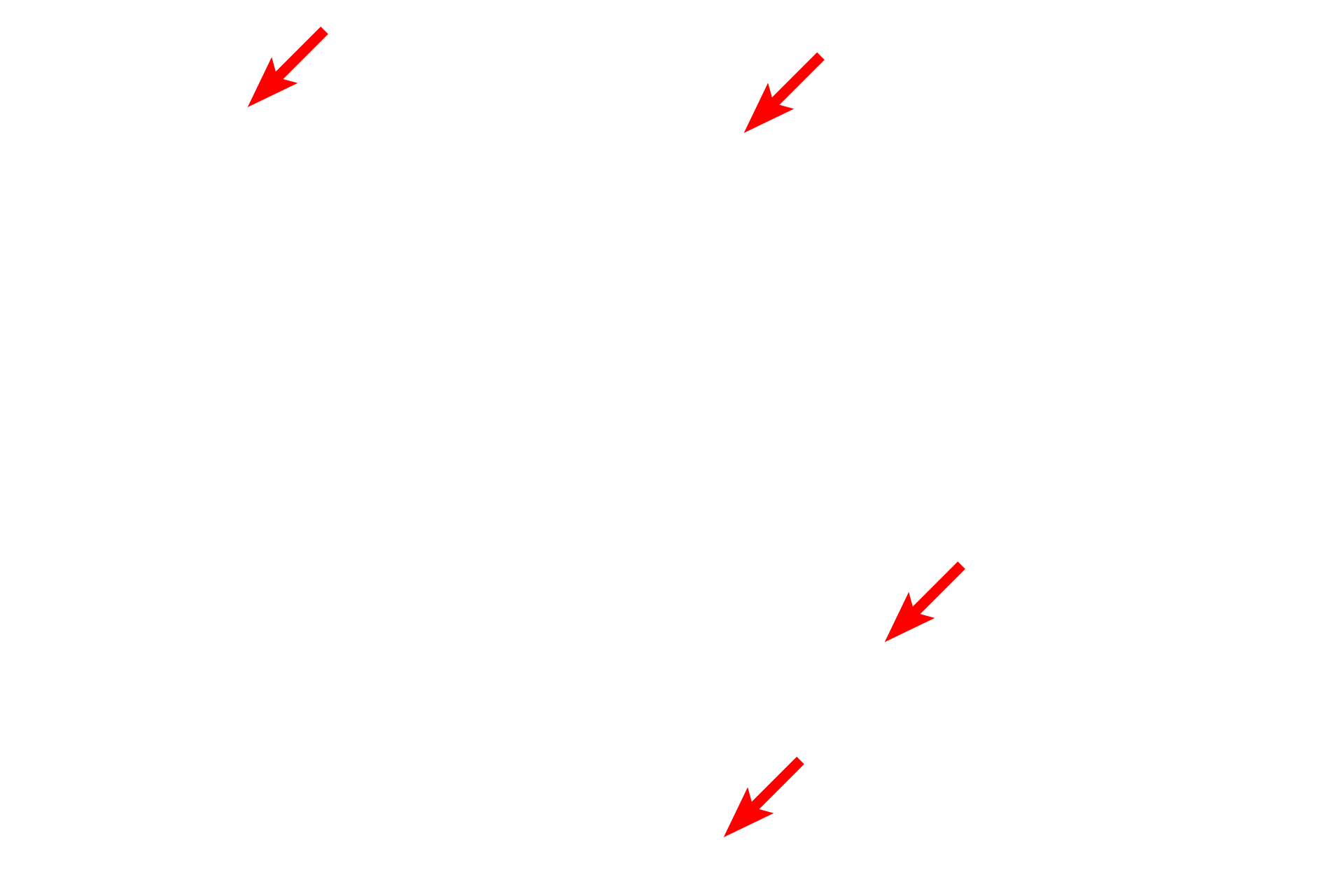
Microvilli
This electron micrograph shows a cross section through a portion of the wall of a kidney tubule whose cells possess microvilli. Large numbers of microvilli, as seen here, appear like a brush in the light microscope, hence the name brush border. Microvilli are non-motile and serve to increase surface area. 5000x

Microvilli
This electron micrograph shows a cross section through a portion of the wall of a kidney tubule whose cells possess microvilli. Large numbers of microvilli, as seen here, appear like a brush in the light microscope, hence the name brush border. Microvilli are non-motile and serve to increase surface area. 5000x

Brush border
This electron micrograph shows a cross section through a portion of the wall of a kidney tubule whose cells possess microvilli. Large numbers of microvilli, as seen here, appear like a brush in the light microscope, hence the name brush border. Microvilli are non-motile and serve to increase surface area. 5000x

Mitochondria
This electron micrograph shows a cross section through a portion of the wall of a kidney tubule whose cells possess microvilli. Large numbers of microvilli, as seen here, appear like a brush in the light microscope, hence the name brush border. Microvilli are non-motile and serve to increase surface area. 5000x

Lipid droplets
This electron micrograph shows a cross section through a portion of the wall of a kidney tubule whose cells possess microvilli. Large numbers of microvilli, as seen here, appear like a brush in the light microscope, hence the name brush border. Microvilli are non-motile and serve to increase surface area. 5000x

Nucleus
This electron micrograph shows a cross section through a portion of the wall of a kidney tubule whose cells possess microvilli. Large numbers of microvilli, as seen here, appear like a brush in the light microscope, hence the name brush border. Microvilli are non-motile and serve to increase surface area. 5000x

Basal lamina
This electron micrograph shows a cross section through a portion of the wall of a kidney tubule whose cells possess microvilli. Large numbers of microvilli, as seen here, appear like a brush in the light microscope, hence the name brush border. Microvilli are non-motile and serve to increase surface area. 5000x